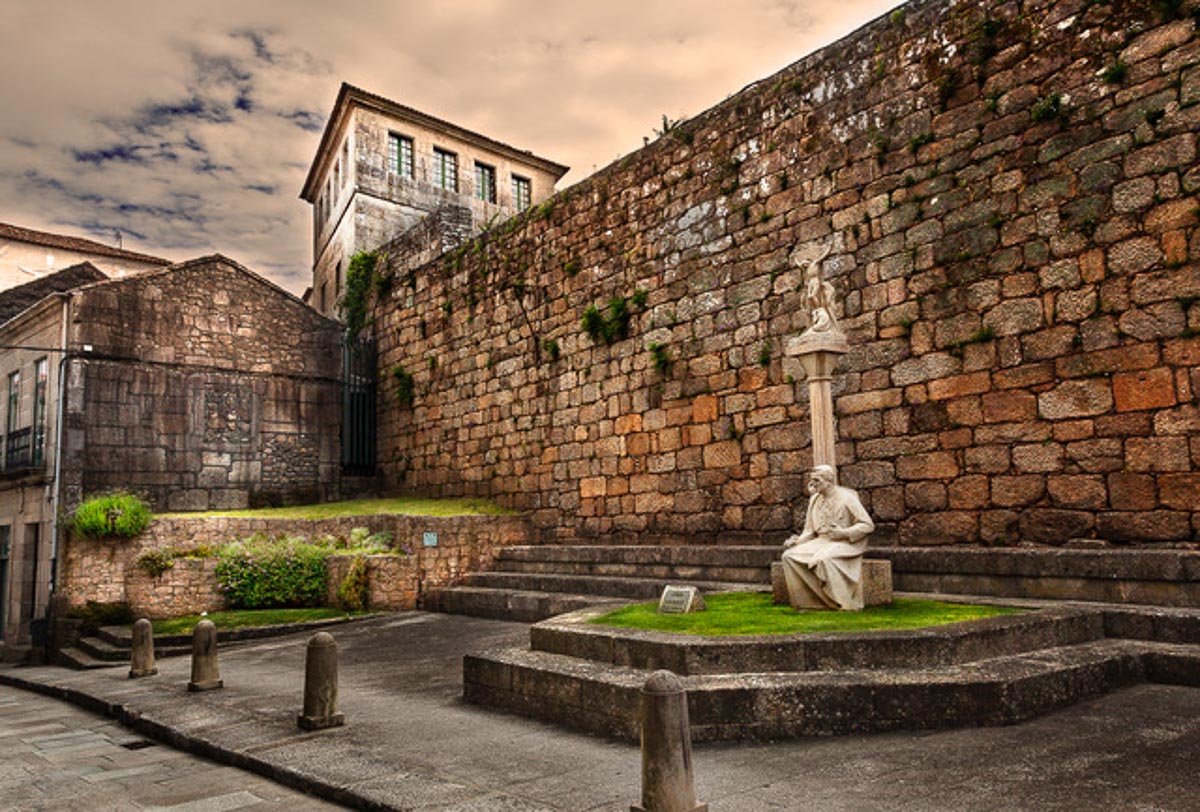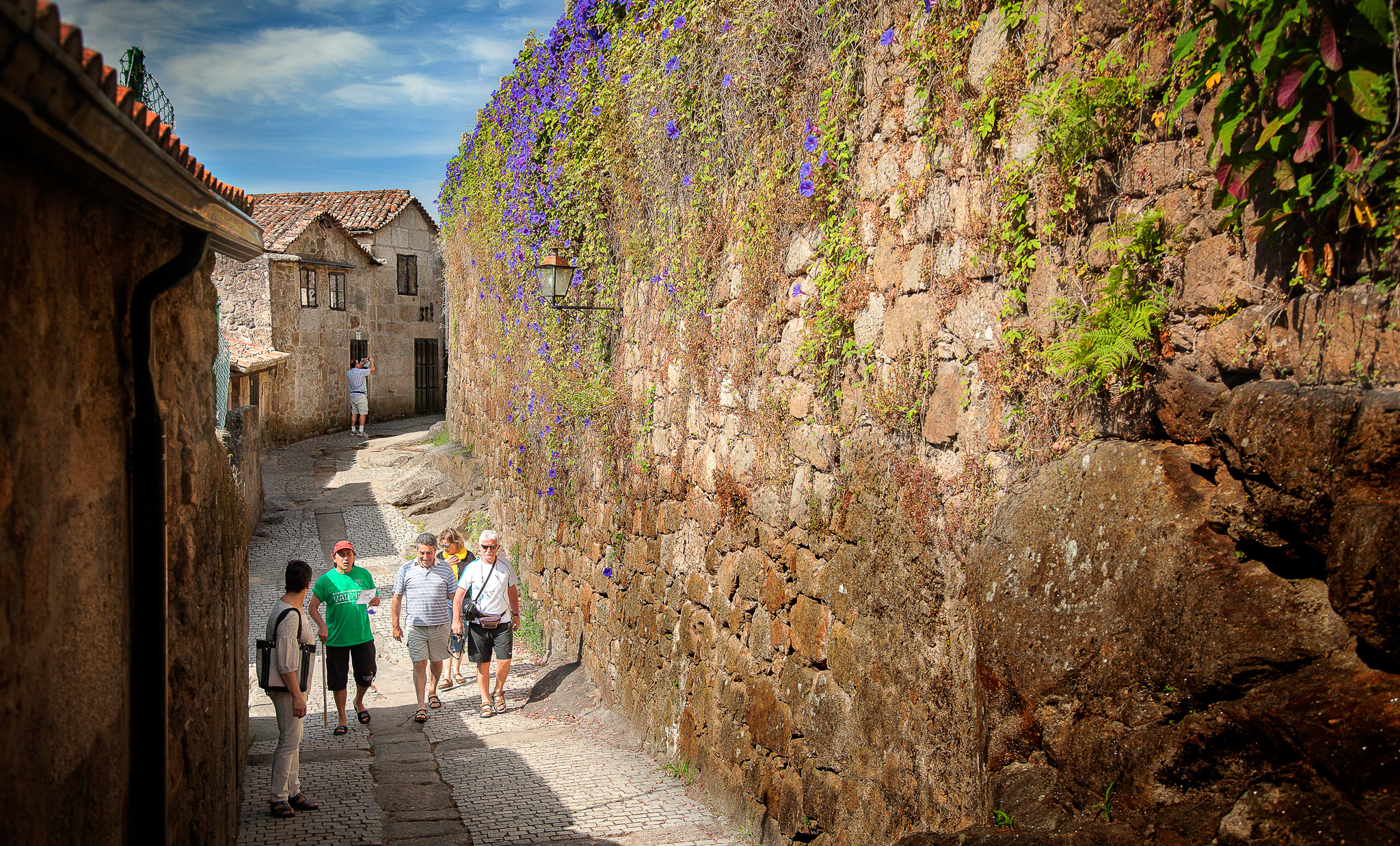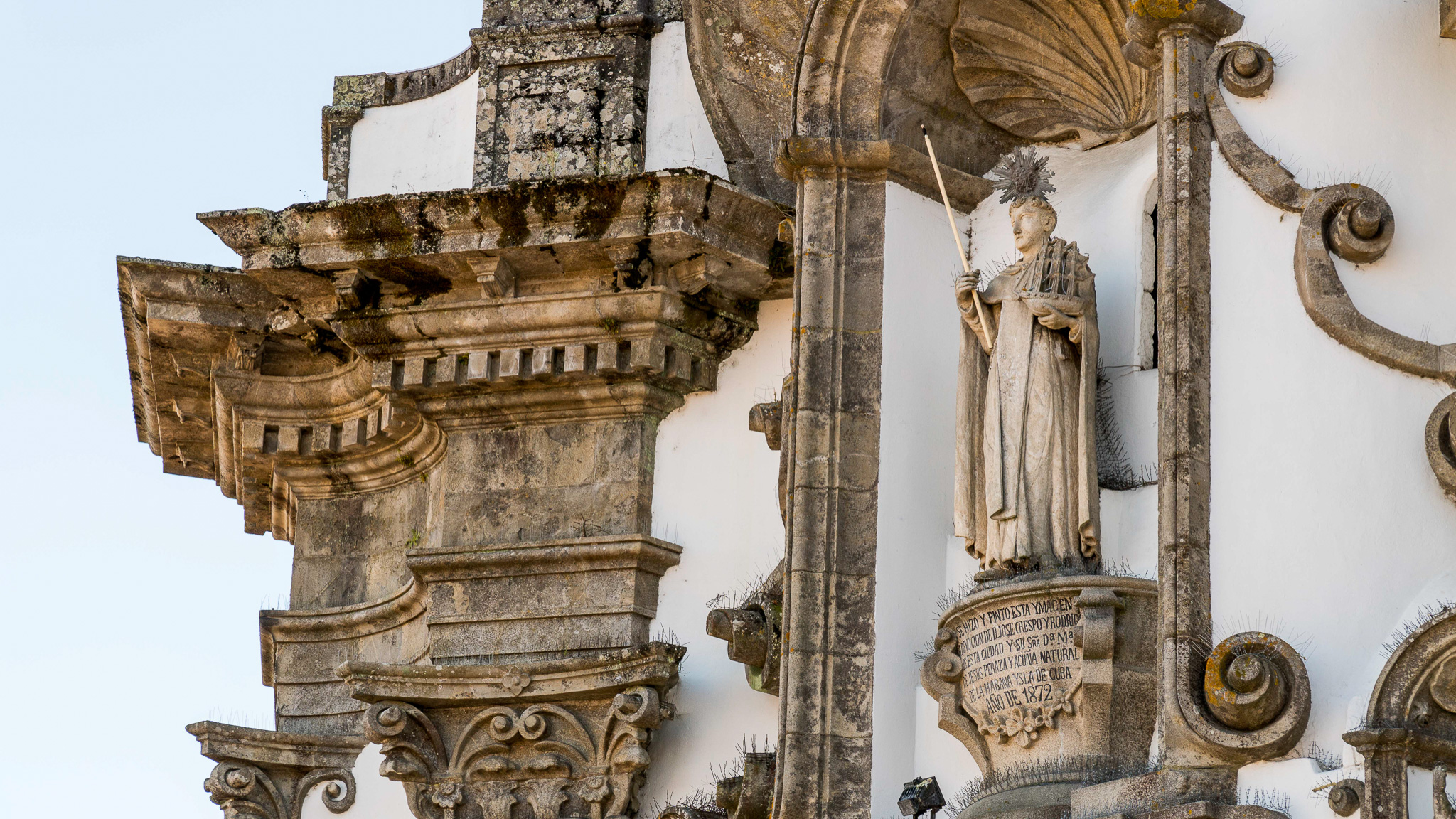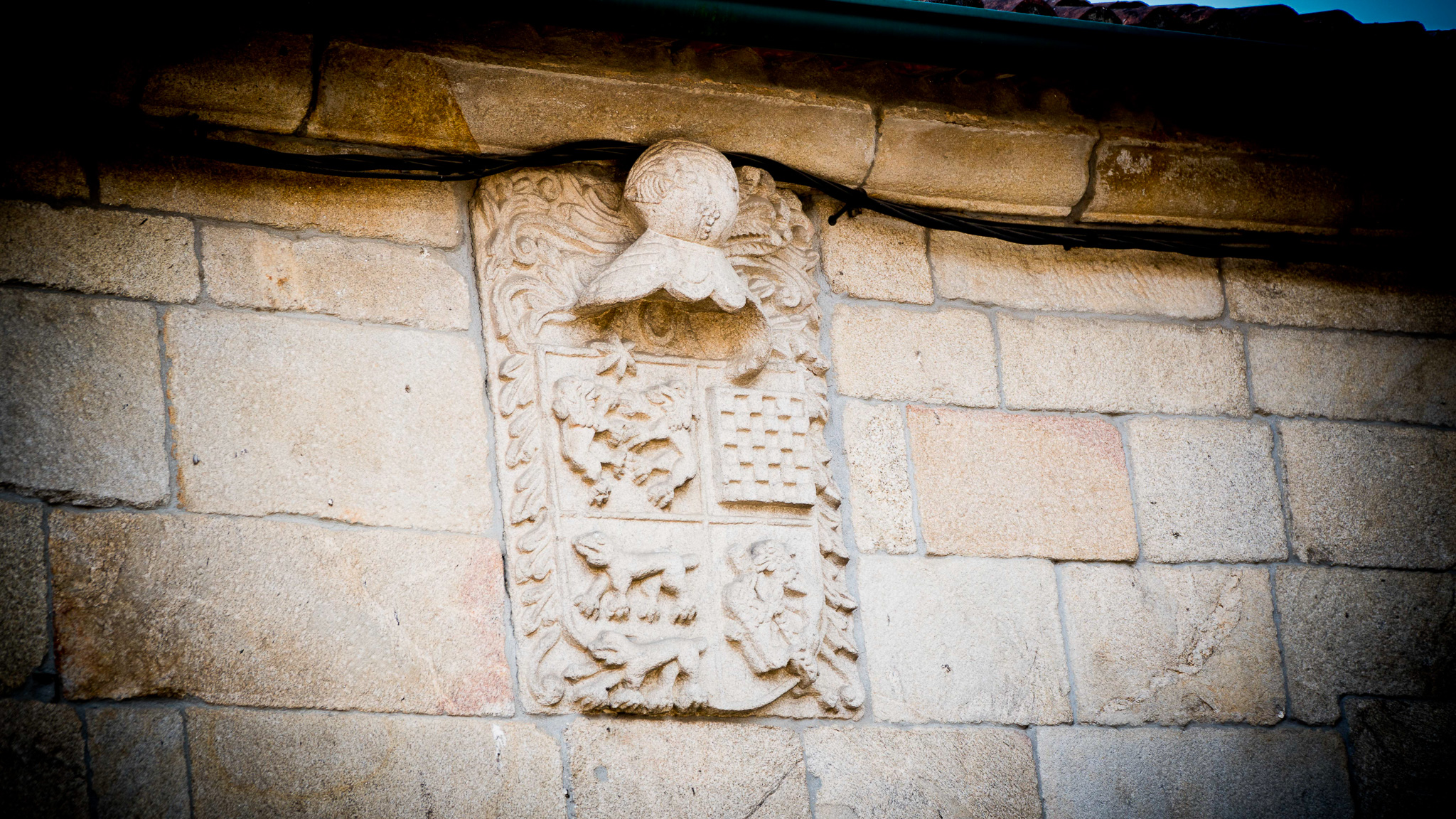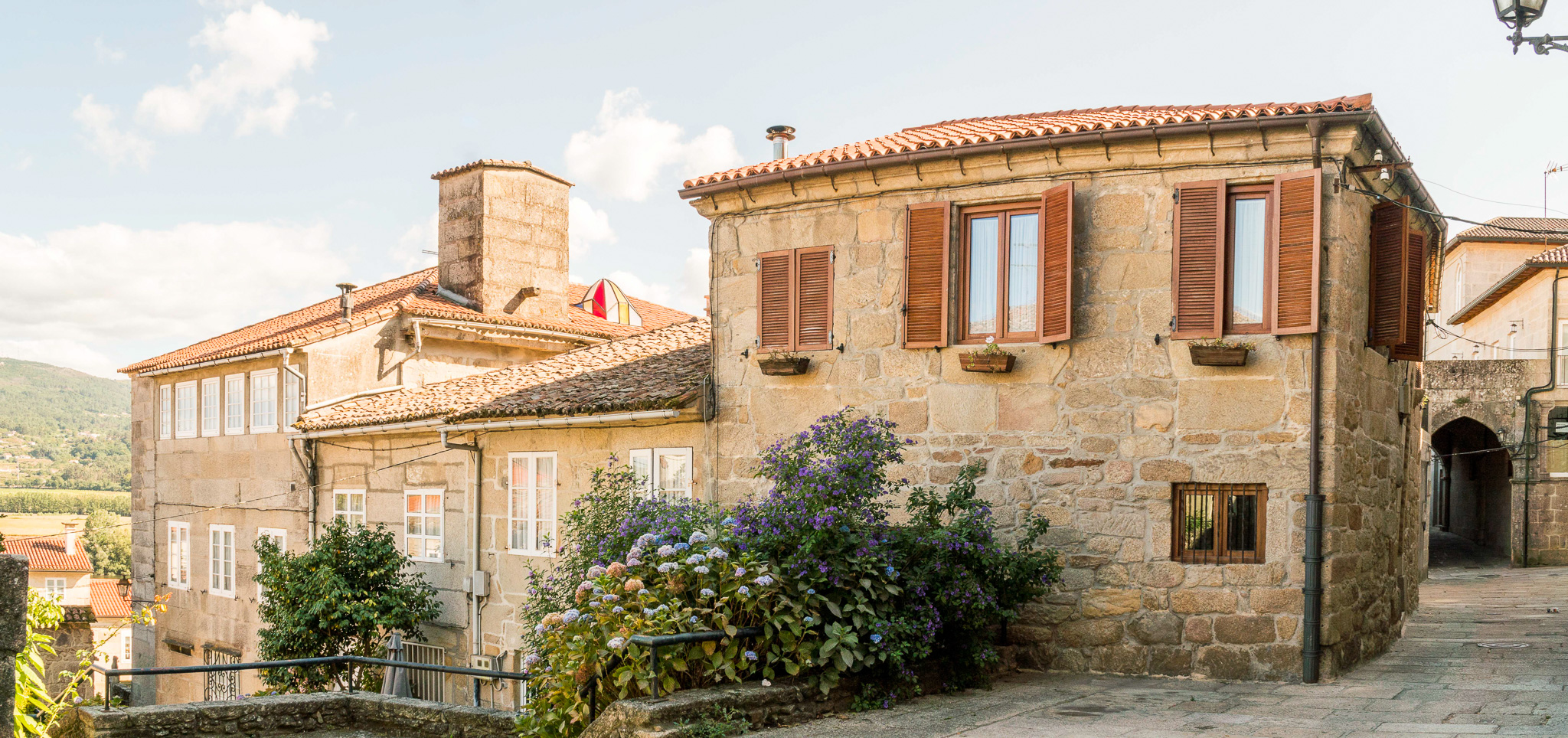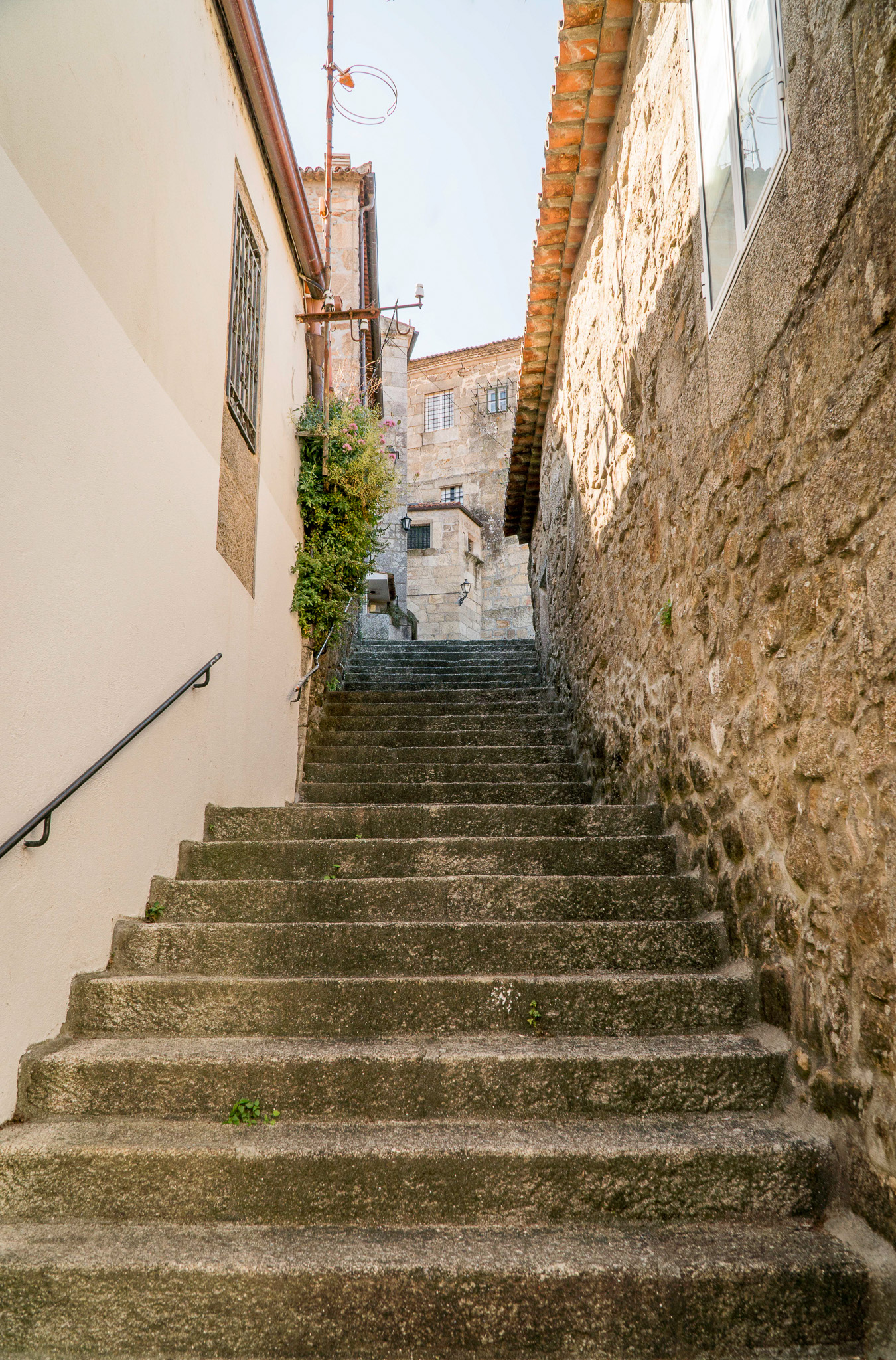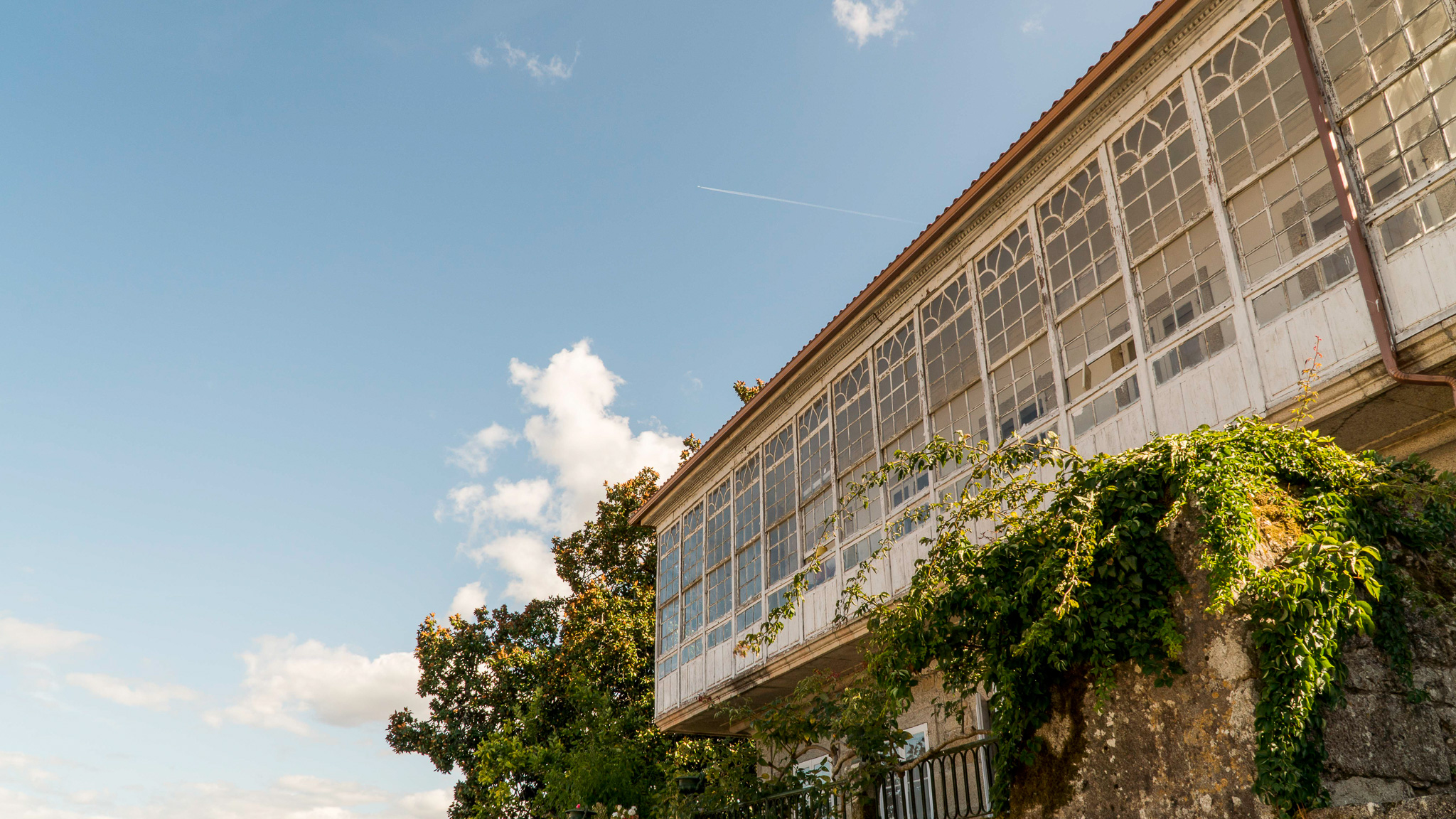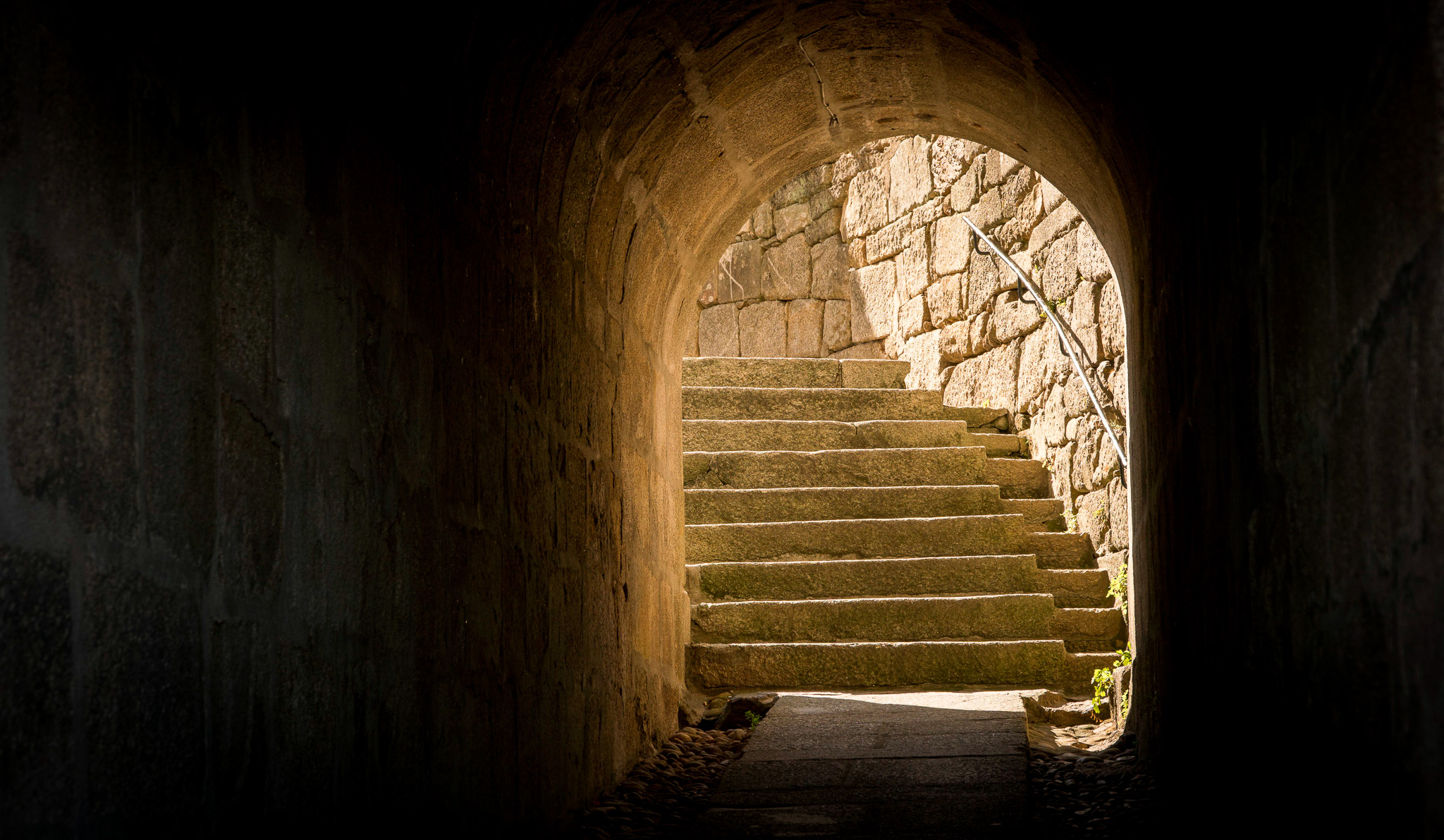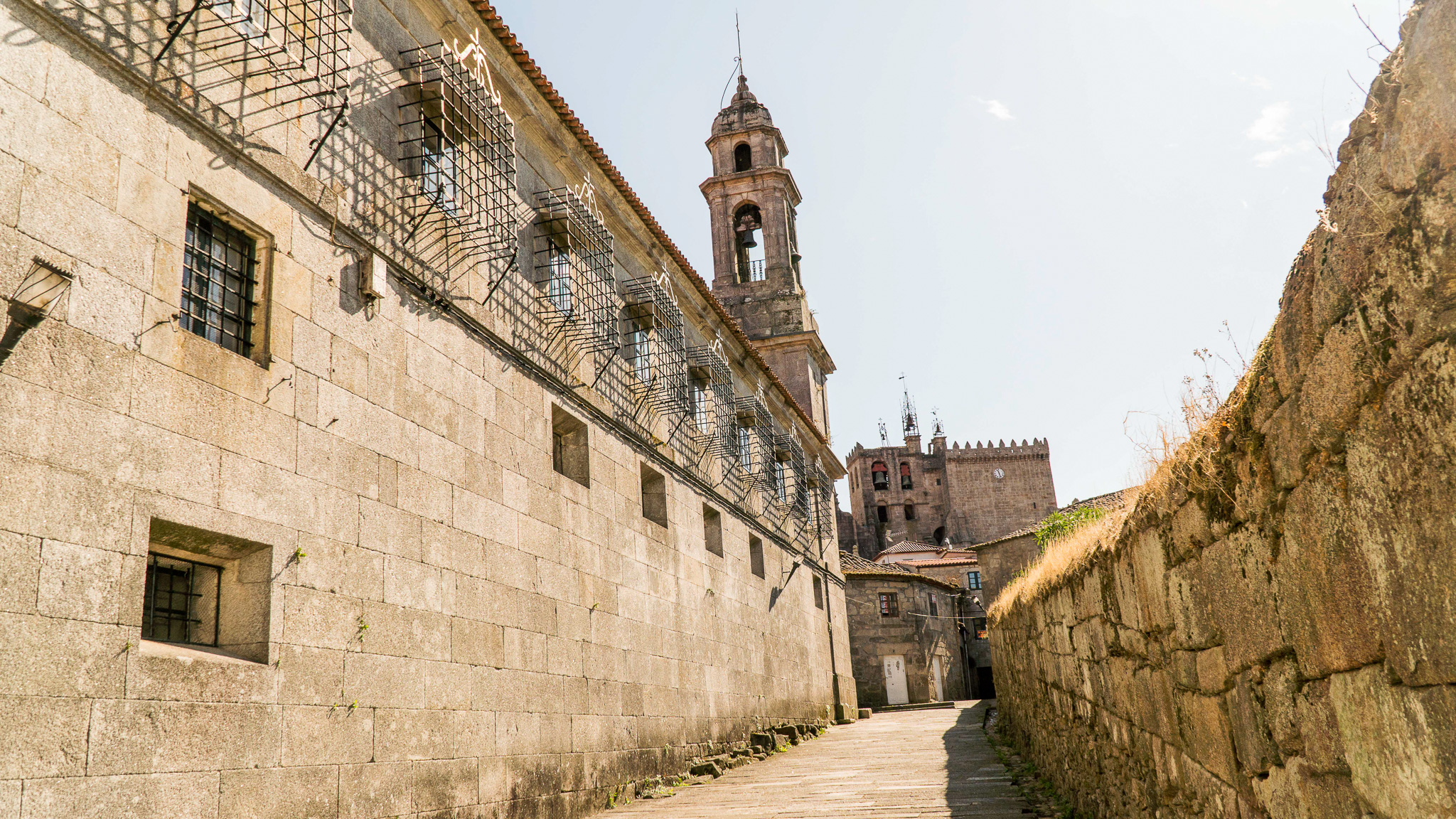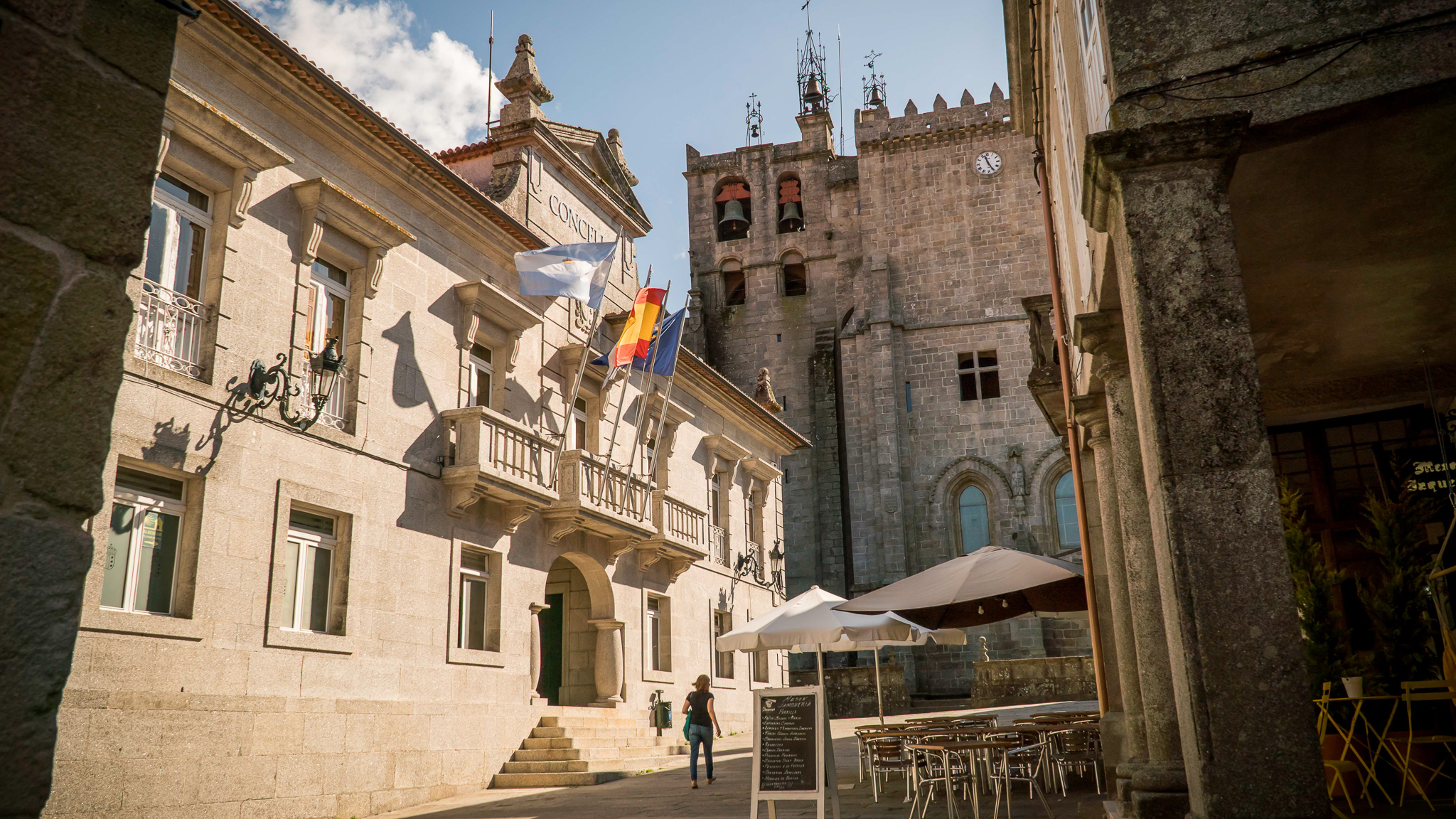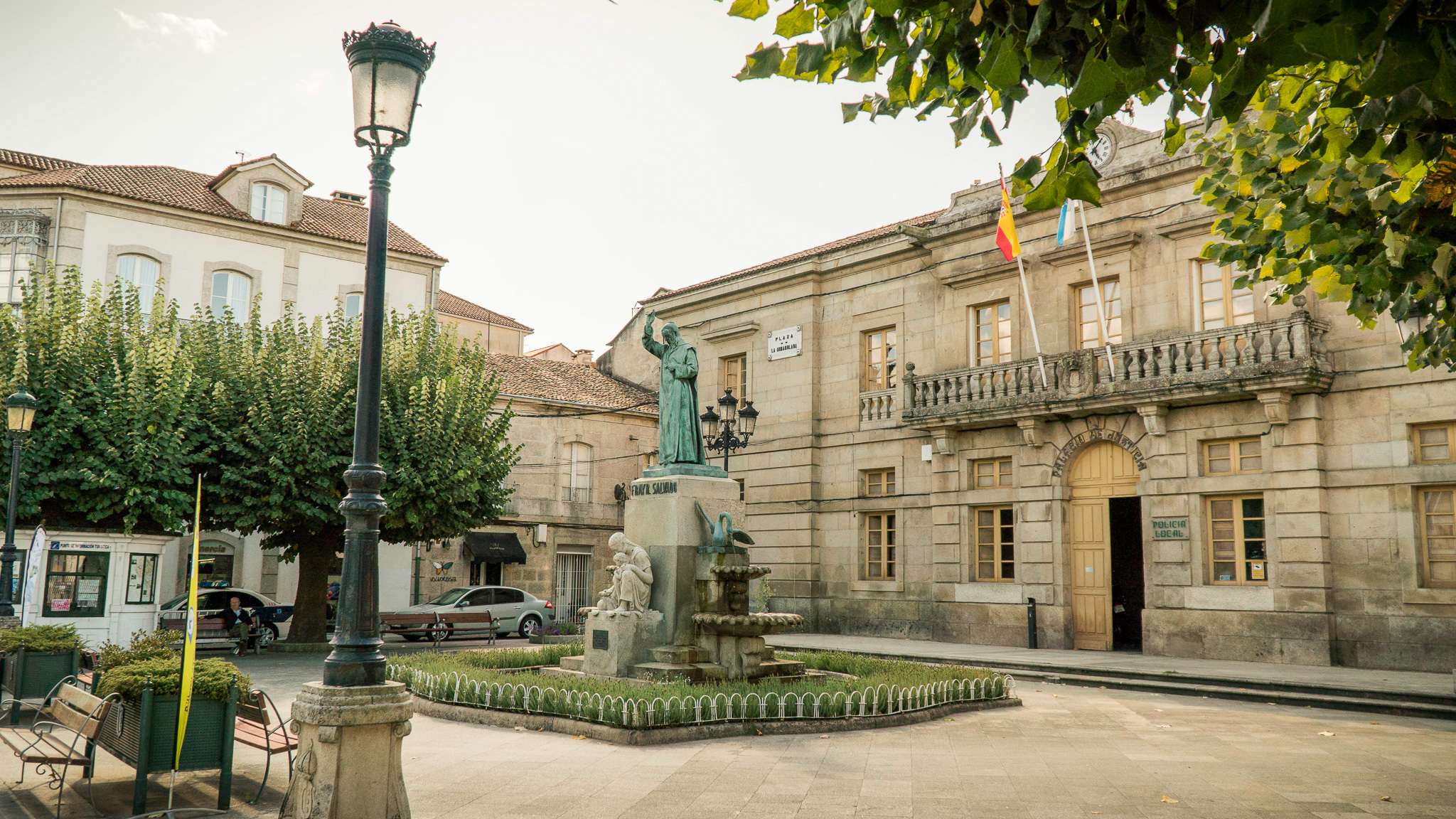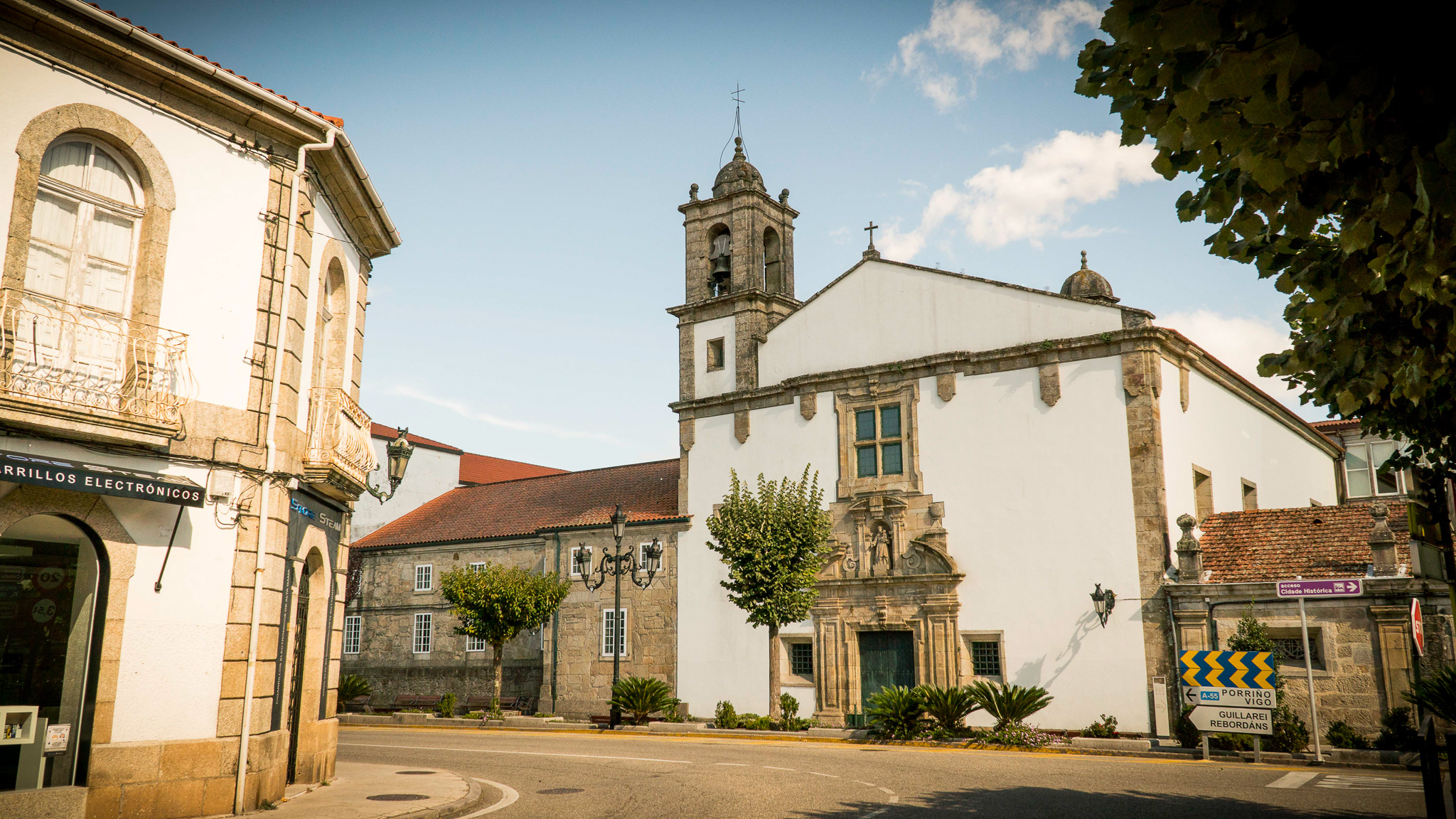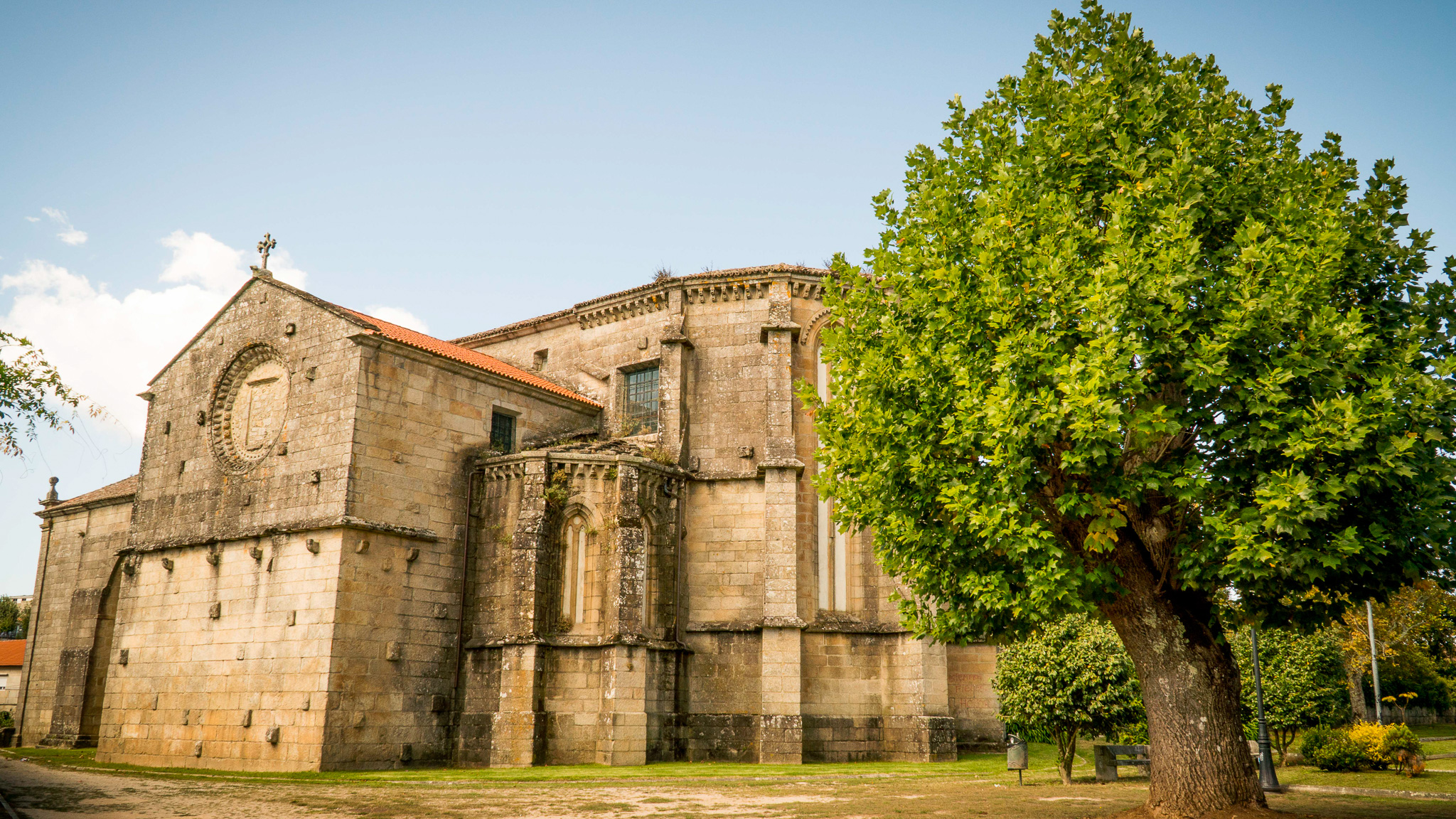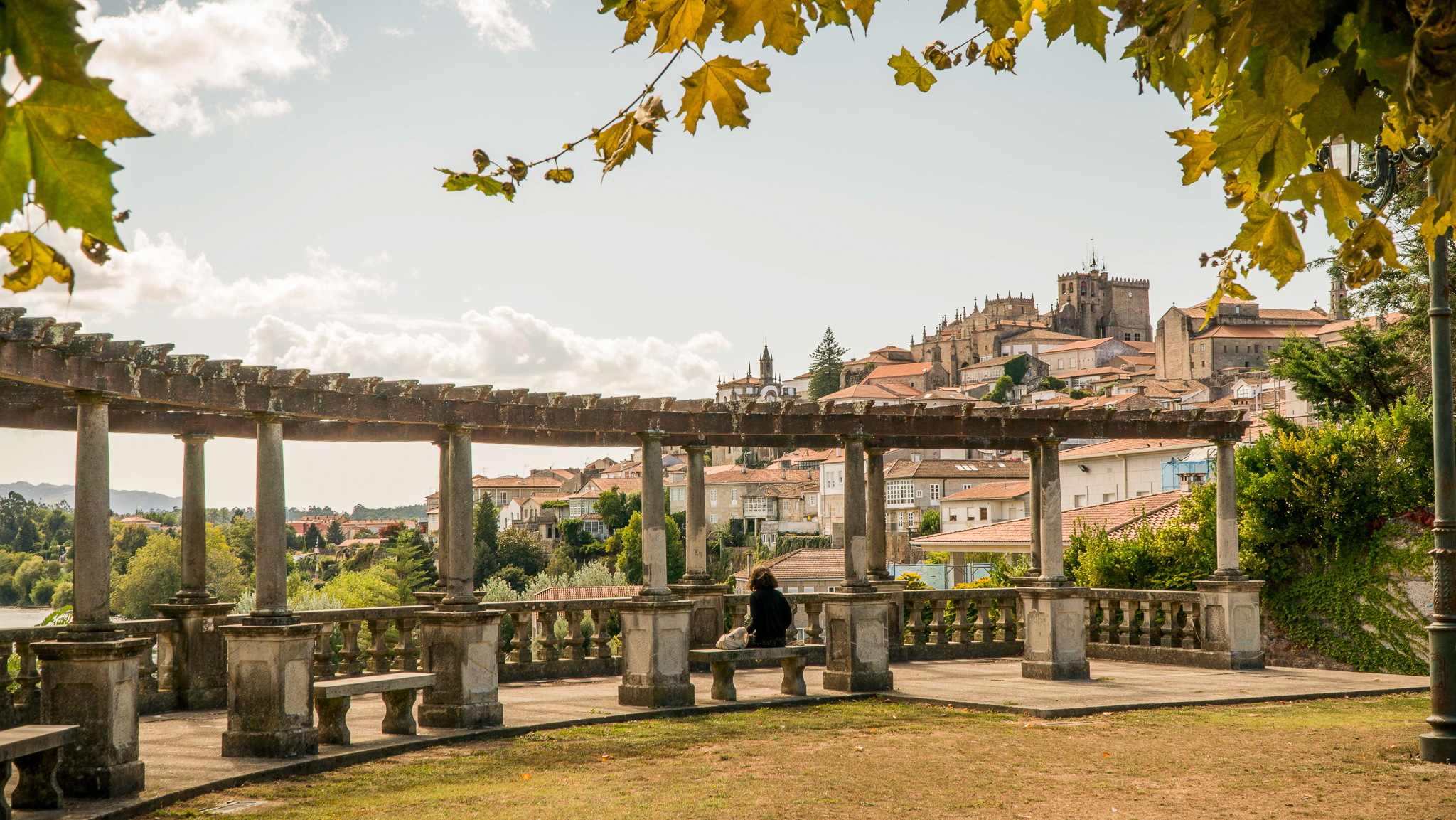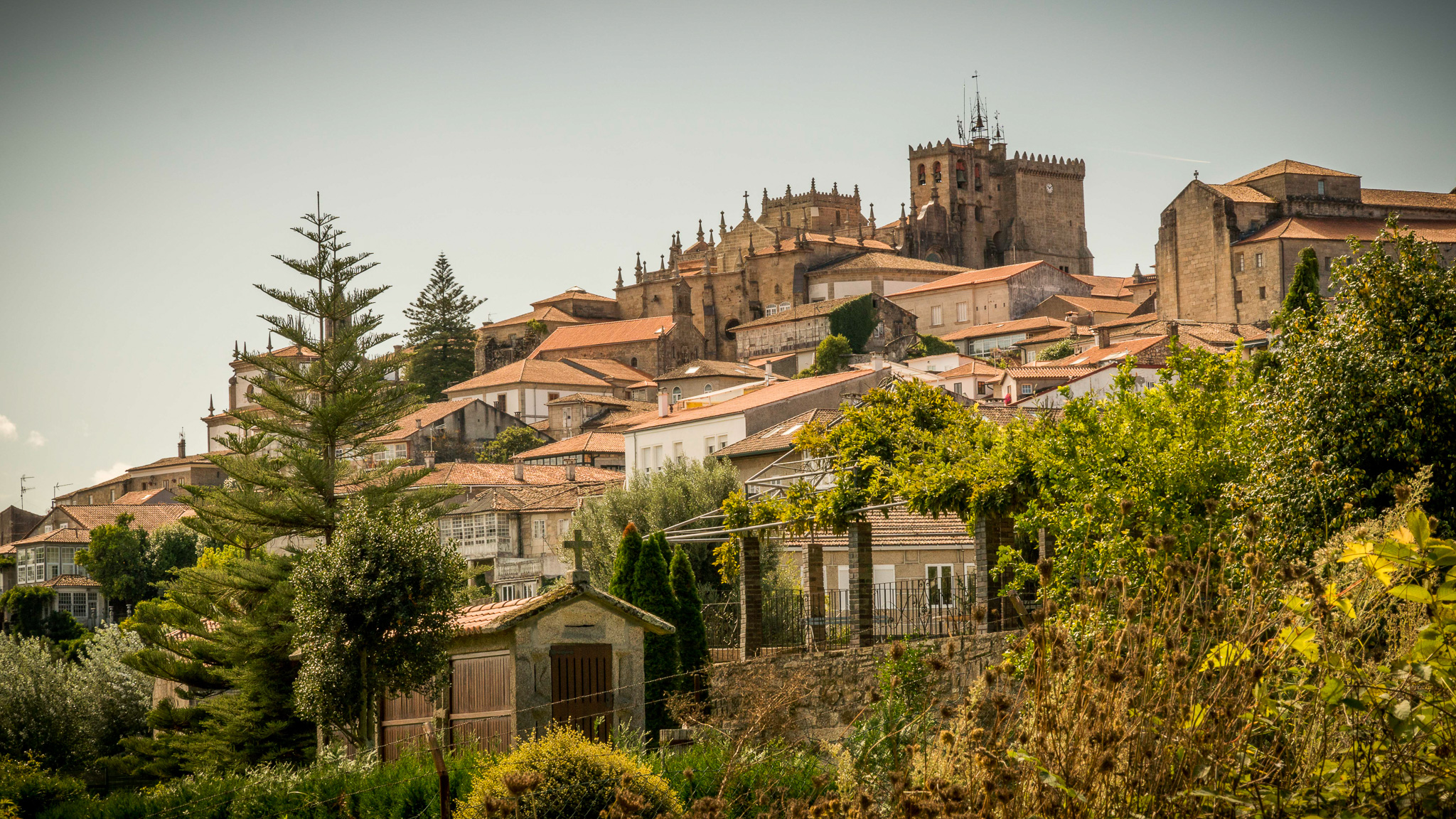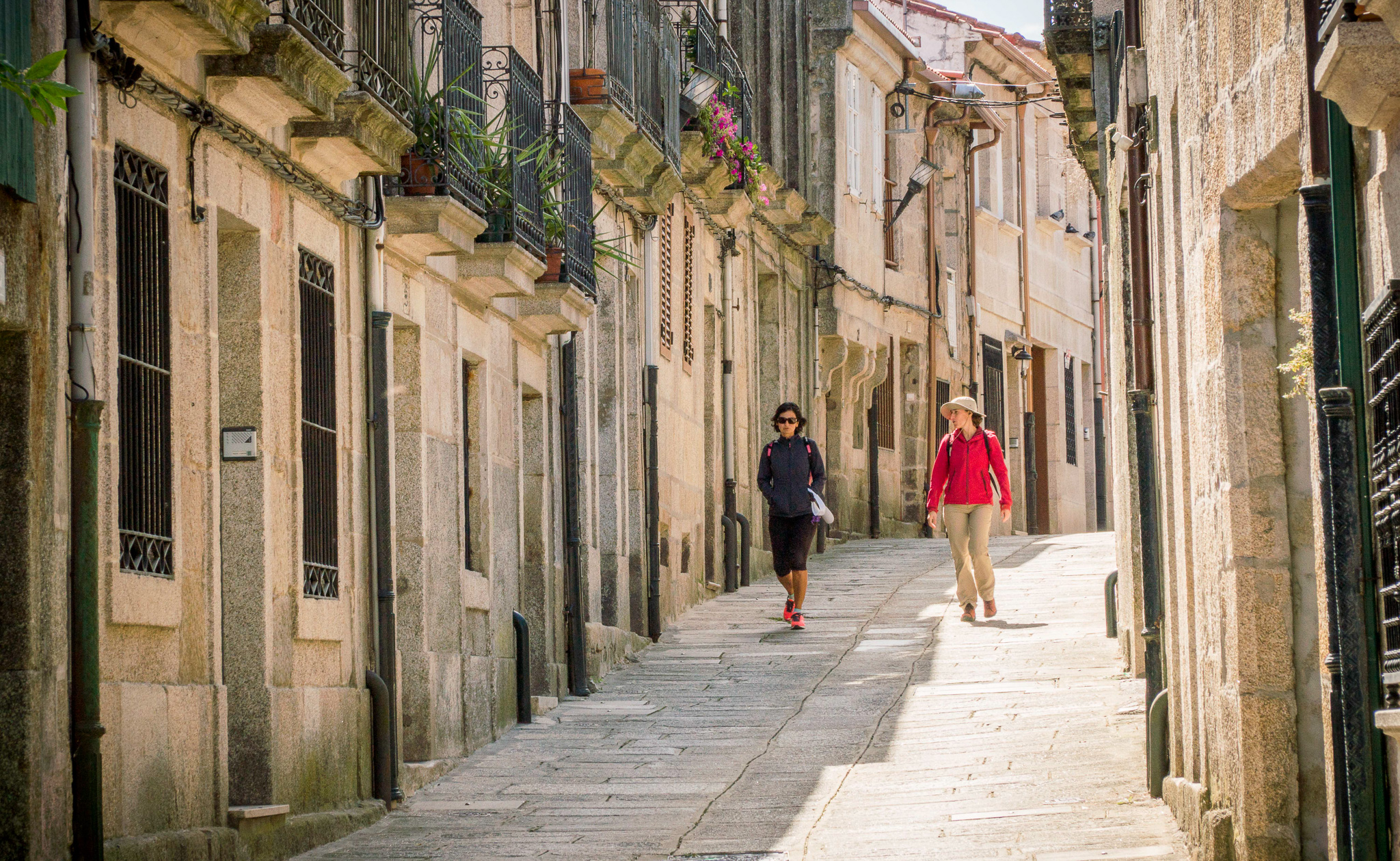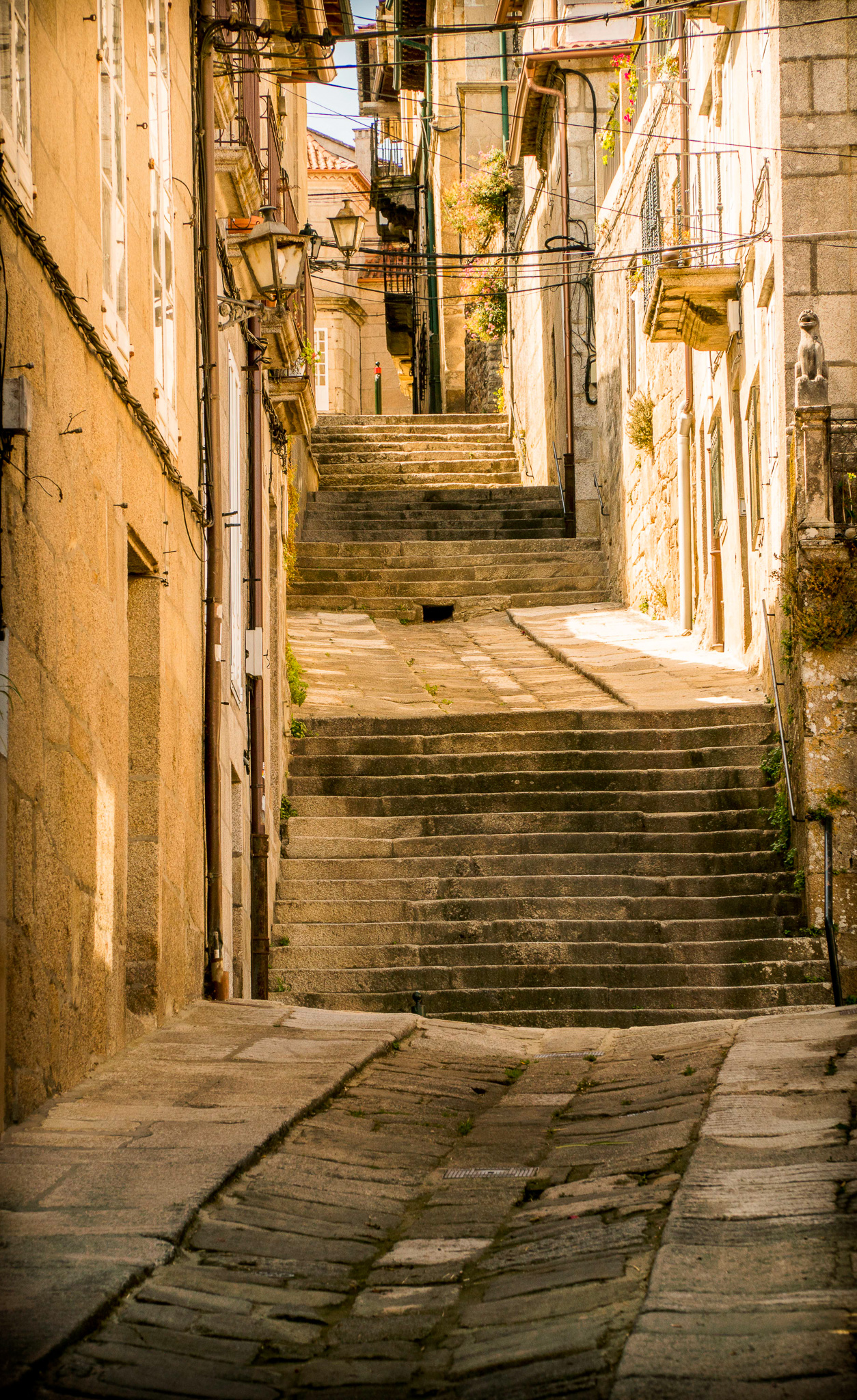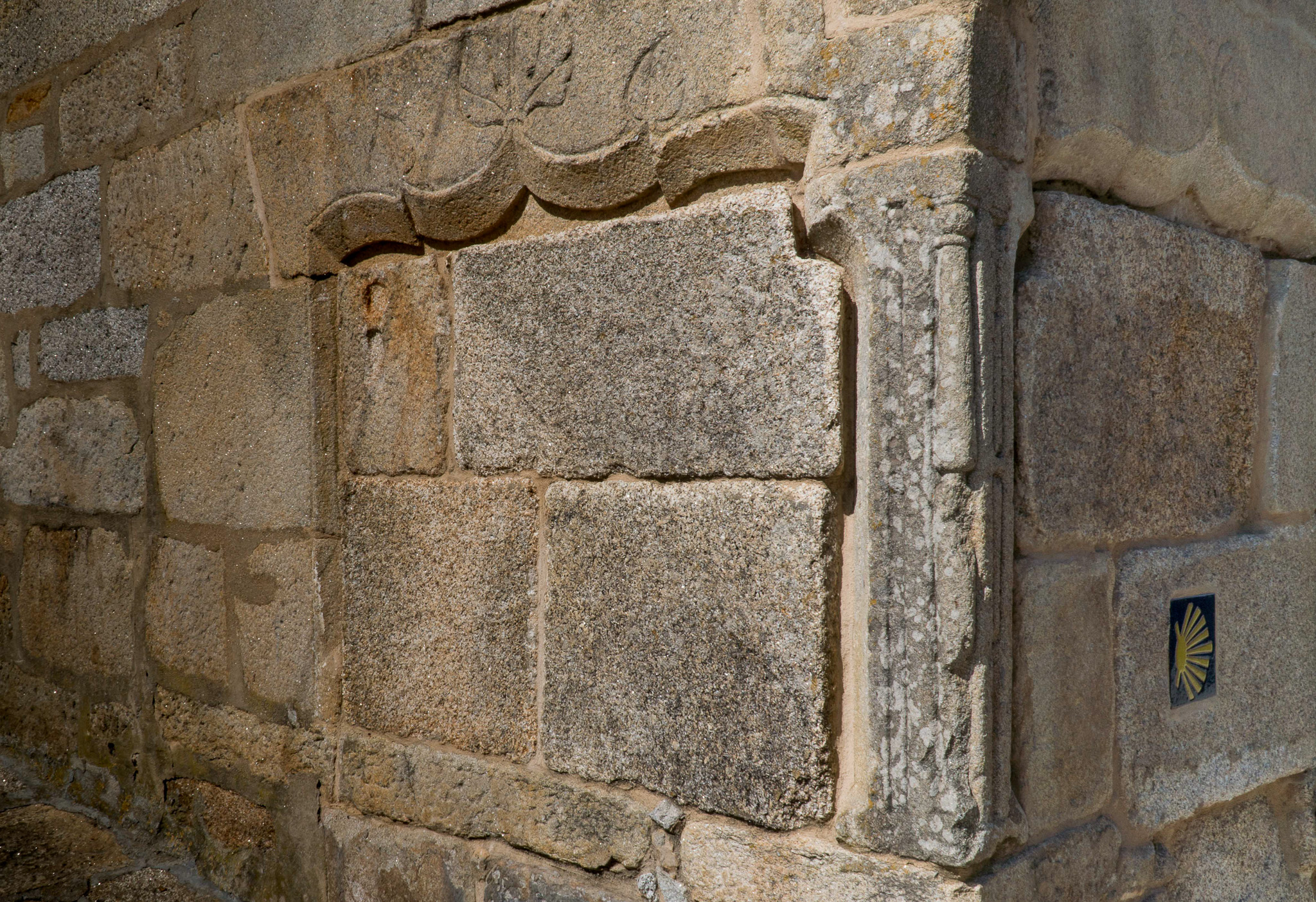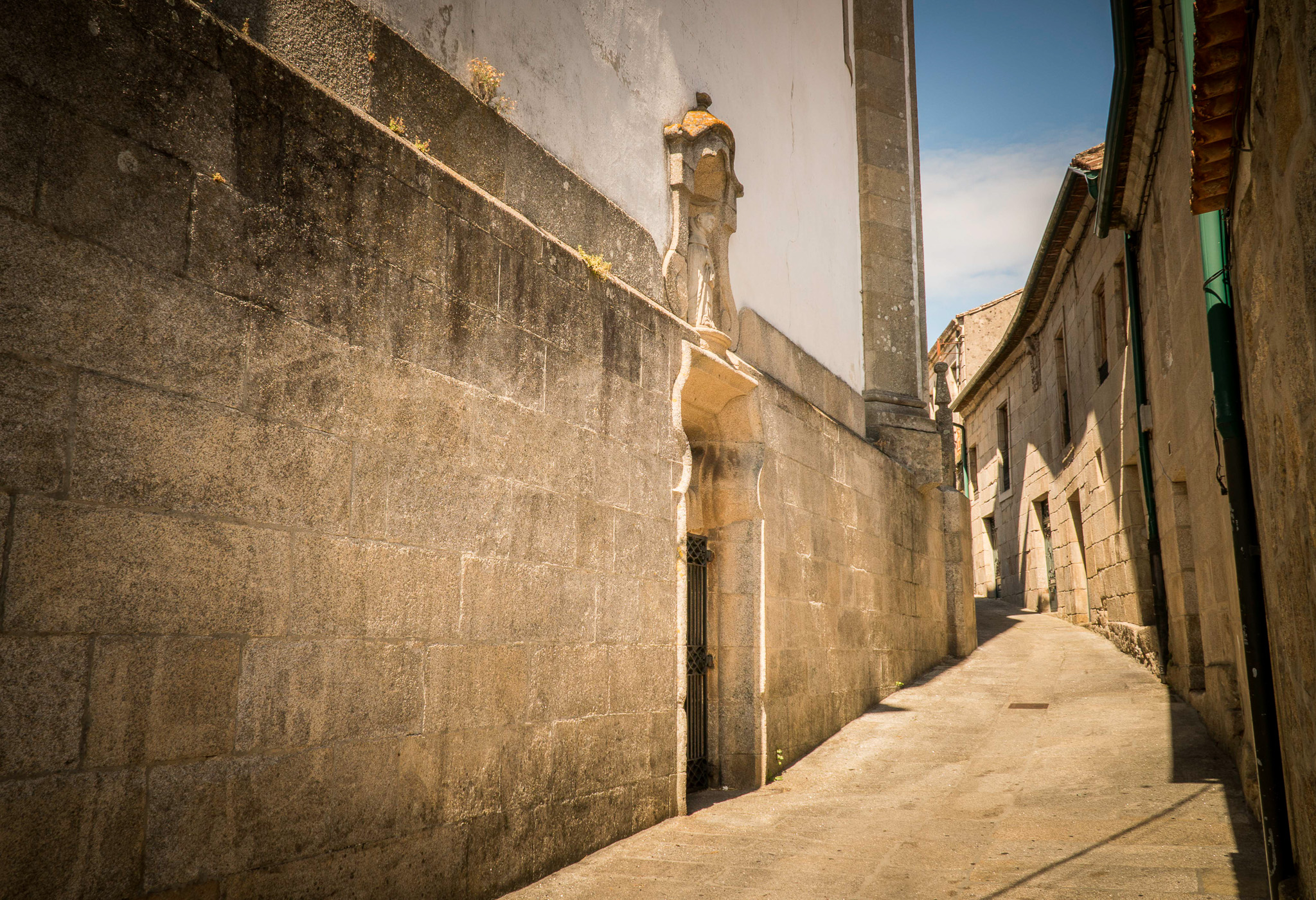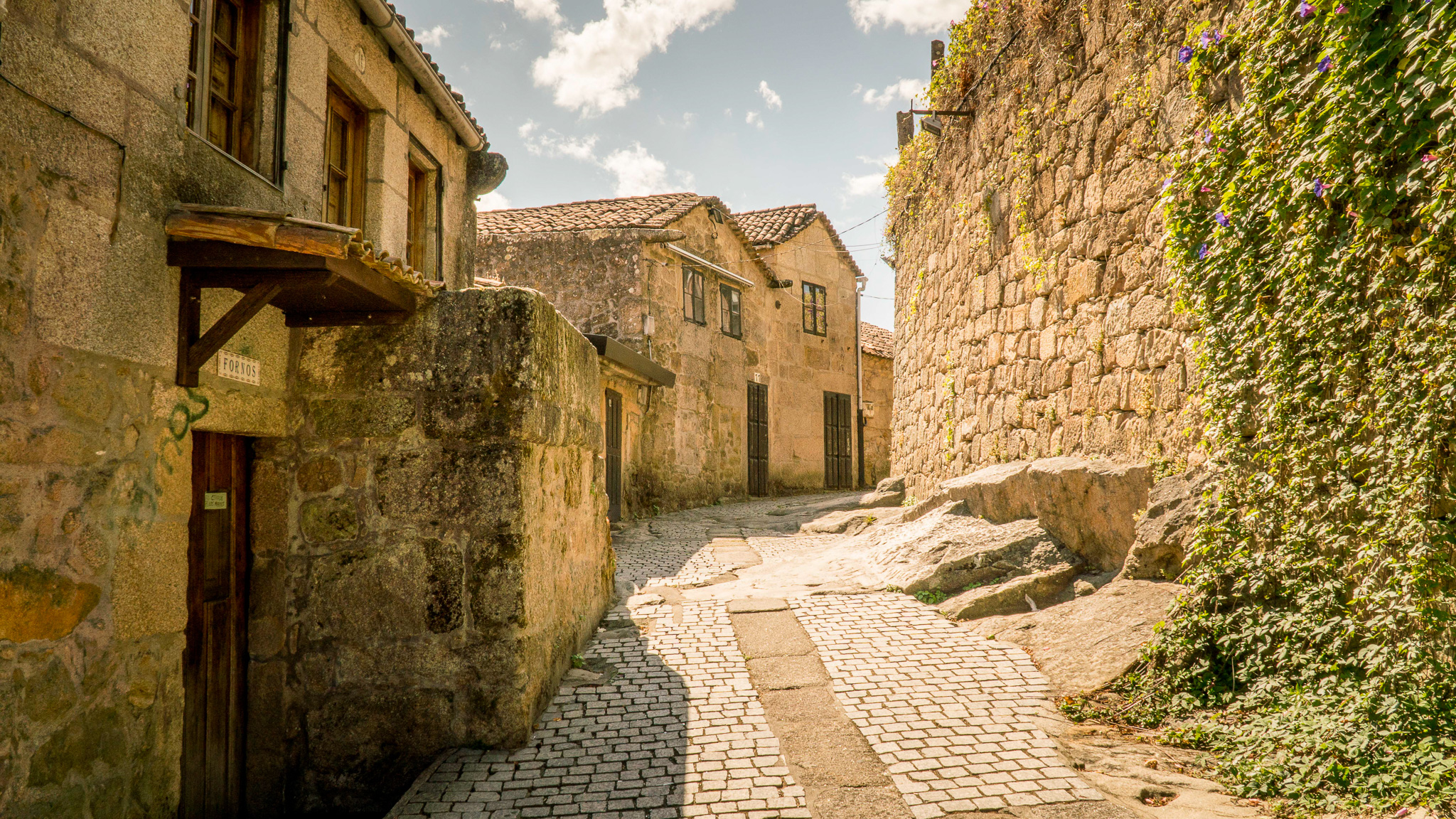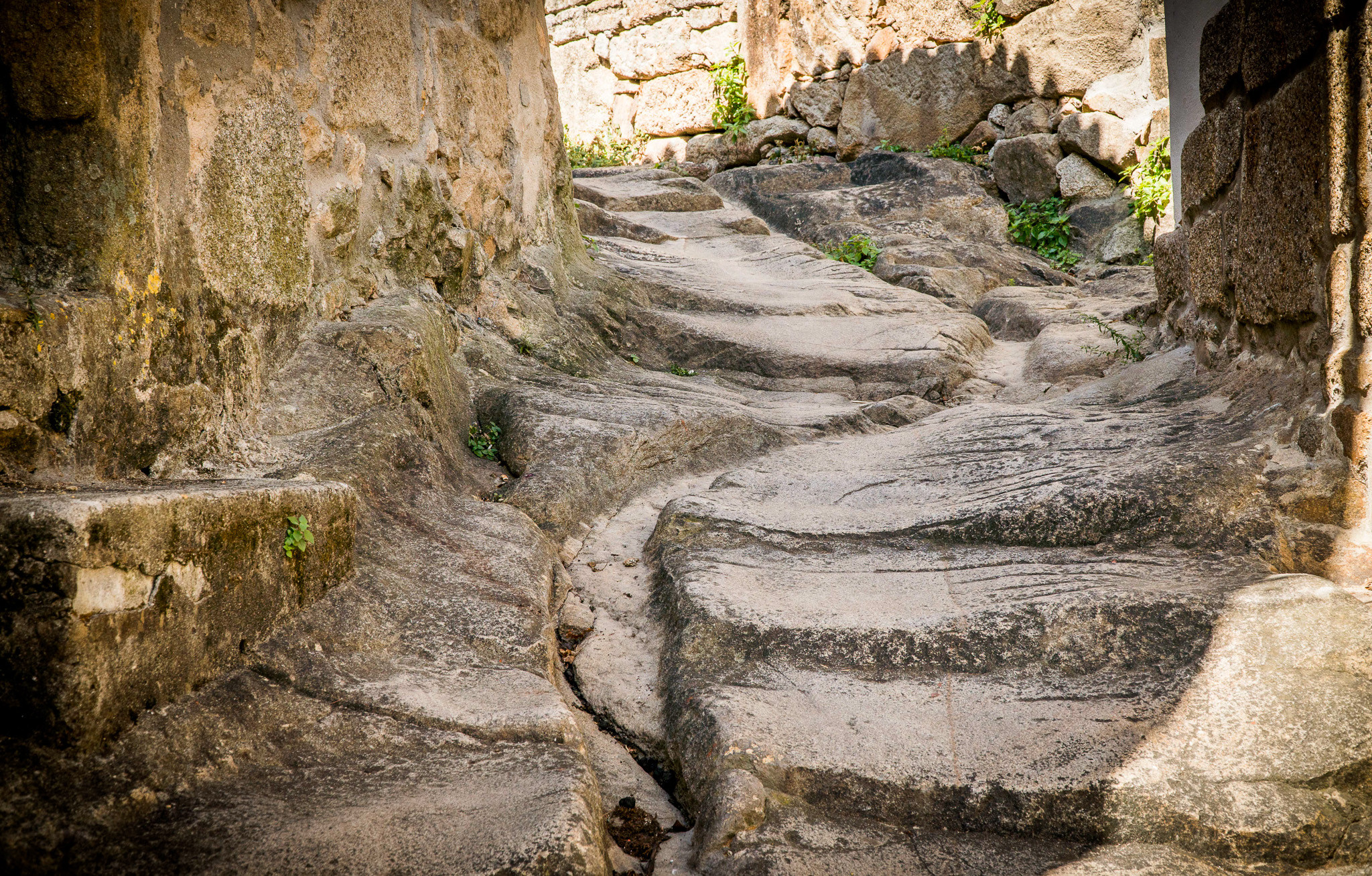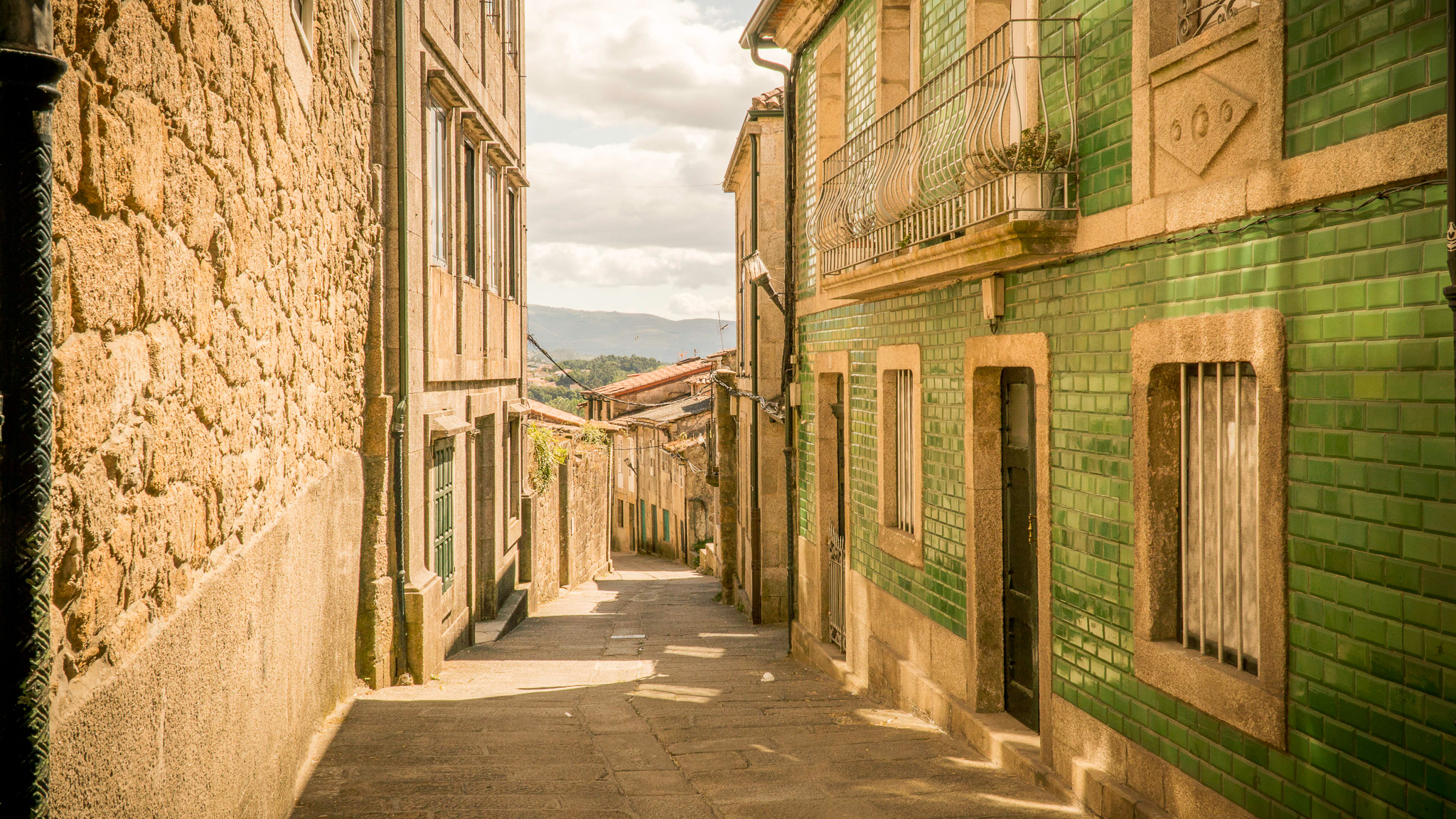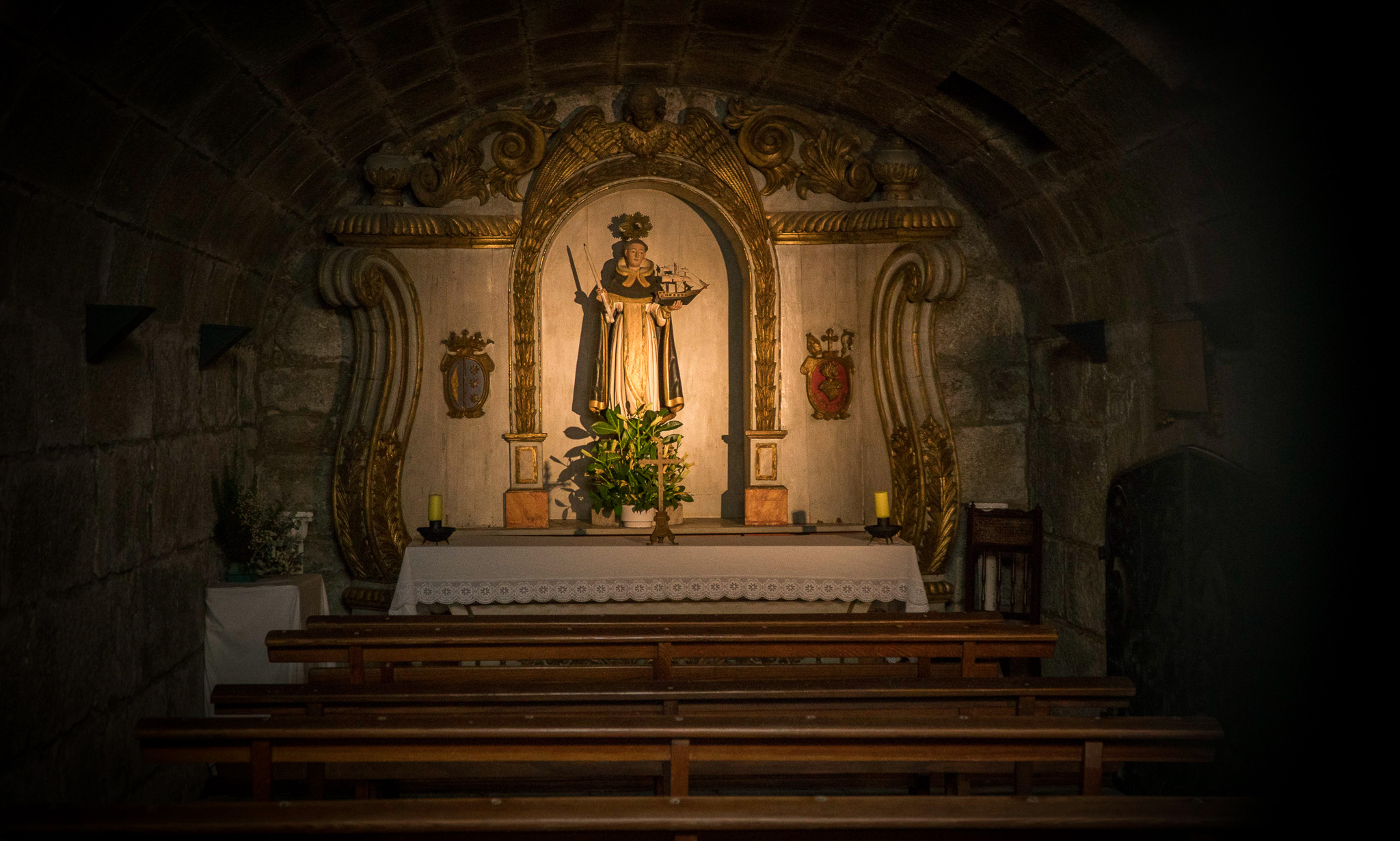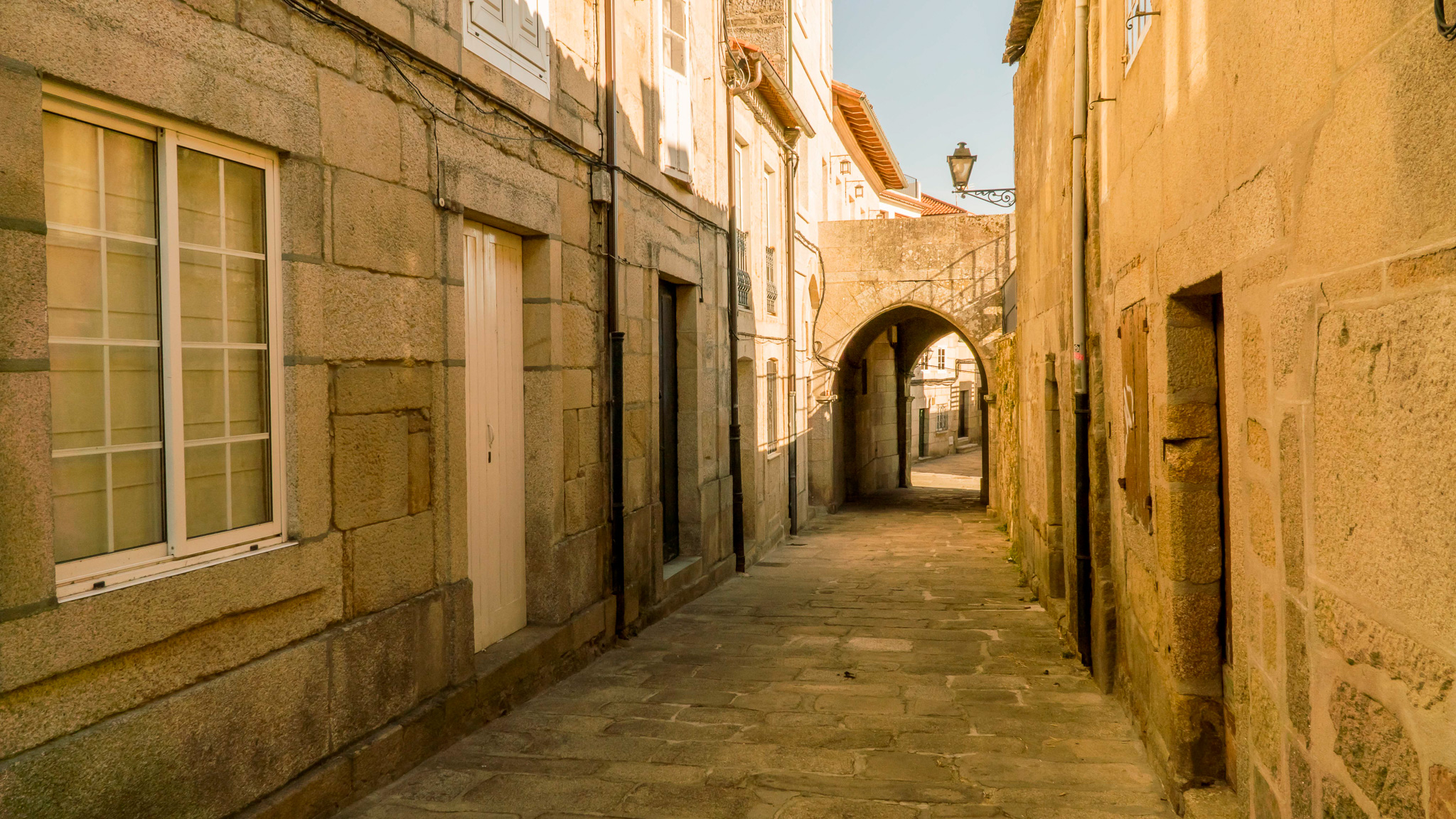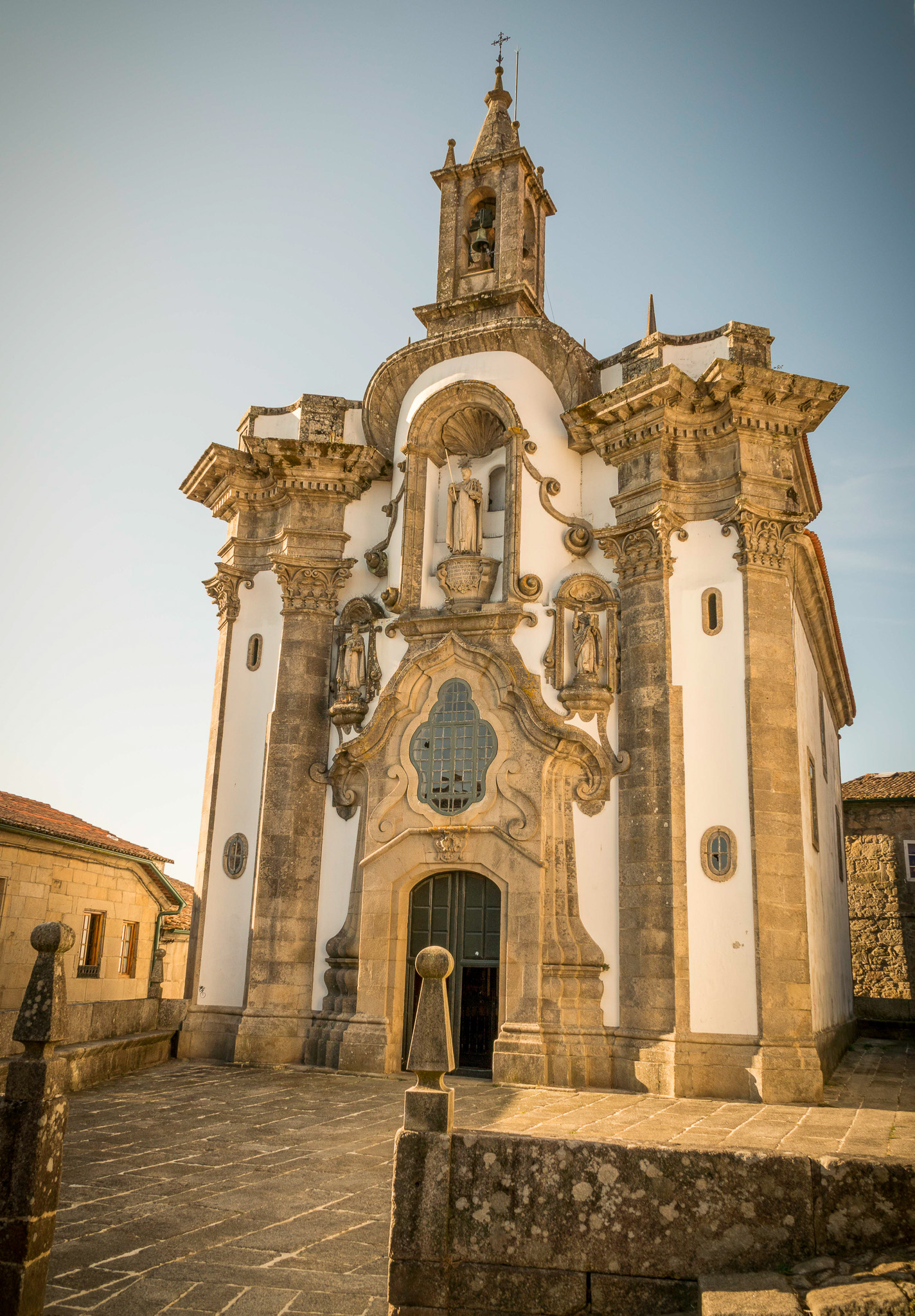Monumental Area
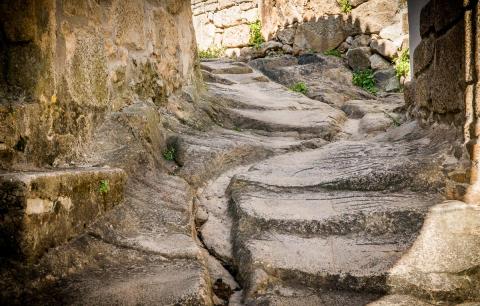
The historic complex of Tui, listed as a Cultural Interest Asset, is one of the main attractions of the city. Stone-paved streets which have witnessed history through the centuries, stately houses with coats of arms, monuments… This historic quarter is the second in size and importance in Galicia, after that of Santiago de Compostela.
Below we mention some of the unique elements which give it its personality.
DIOCESAN MUSEUM
Housed in the former Hospital for the Poor and the Pilgrims, a building from 1756. Here, those on their journey to Compostela could stay for up to three nights. The lowest floor used to be the location of the city market in ancient times. Inside the museum, the beautiful central patio and the rich collections of sacred art of the Diocese and of archaeology of the city (including the pre-Roman helmet of Caldelas) stand out.
SAINT TELMO’S CHAPEL
A unique example of Portuguese Baroque in Galicia, it was built on the house where this Dominican saint died, in the 13th century. It was started in 1769 and not completed until 1803. Note its round layout, its umbrella dome and the frescoes from the early 19th century.
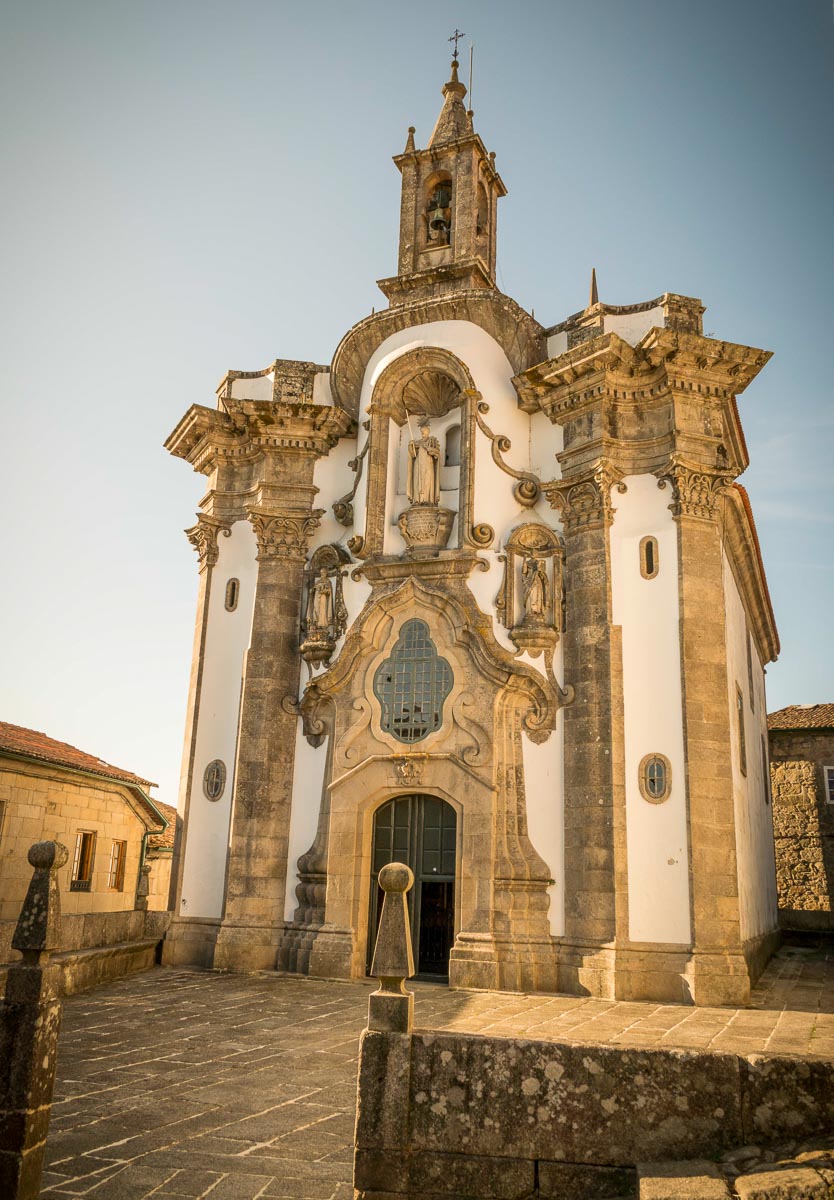
CONVENT OF THE ORDER OF SAINT CLARE
The current convent was built on the former Episcopal Palace between the 17th and 18th centuries. Its church, from the late 17th century, displays Classicist features and is integrated into a monastic compound which stands out for its great proportions and its architectural soundness.
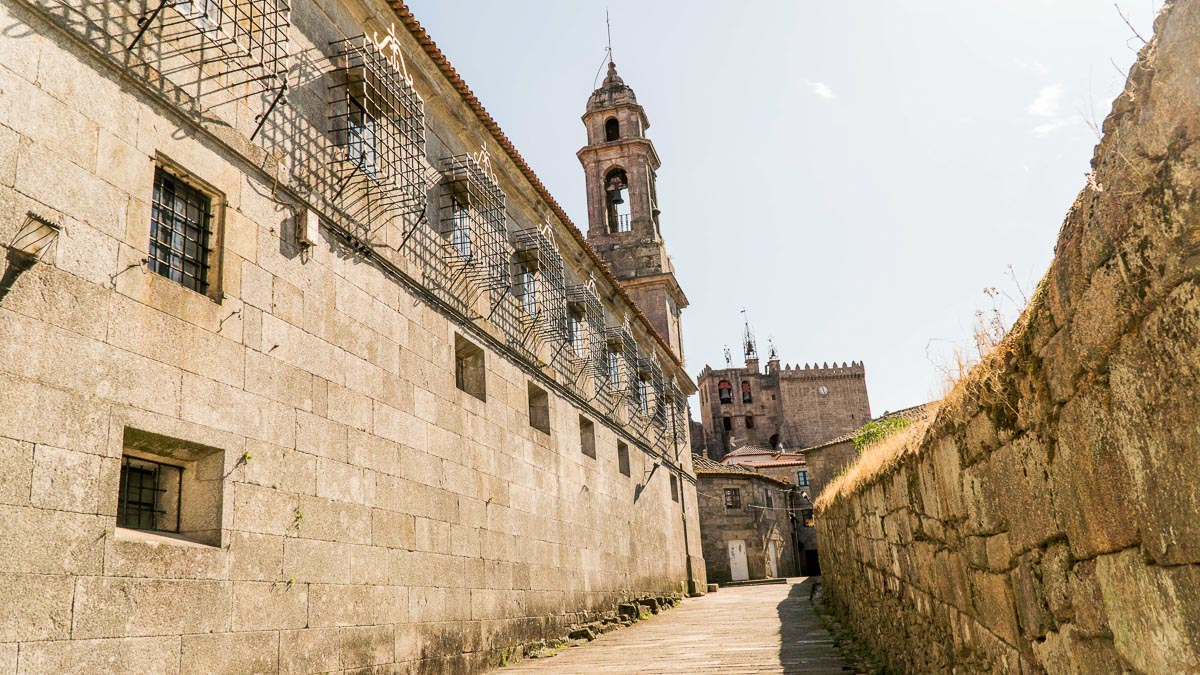
SAINT FRANCIS’S CHURCH
It was originally part of the Franciscan Convent of Saint Anthony. Built between 1682 and 1728, it has a striking Baroque reredos from the first half of the 18th century. The former convent is nowadays the Diocesan Minor Seminary. It has two cloisters, one of them Baroque and open.
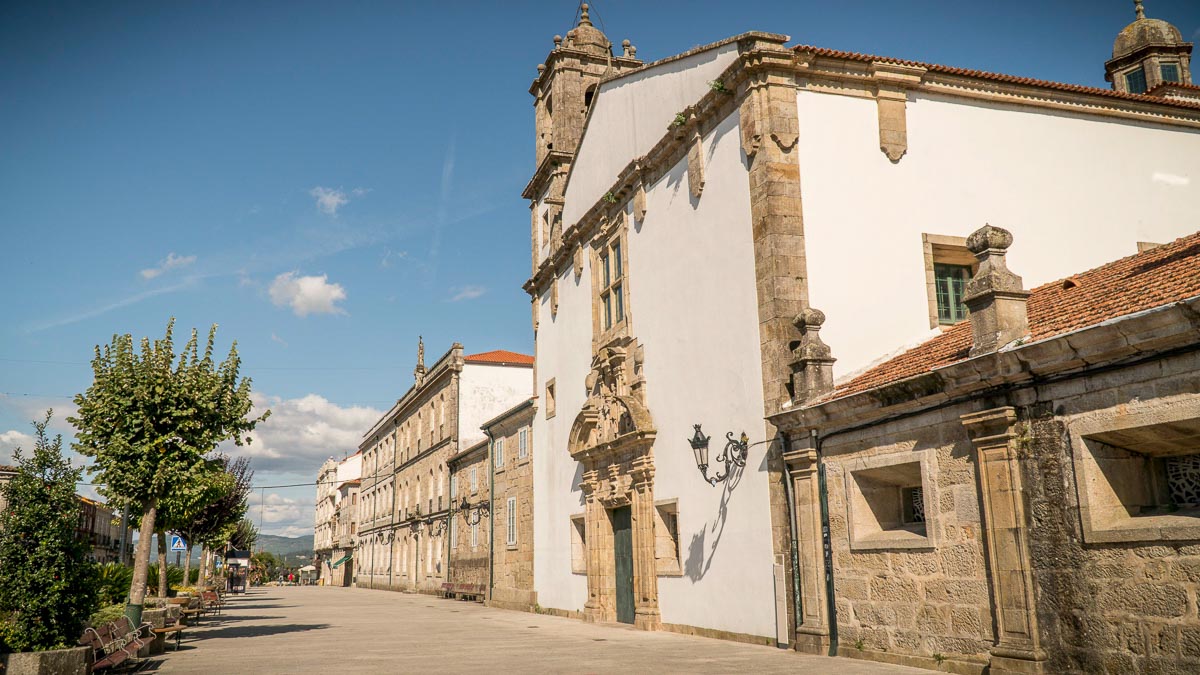
SAINT DOMINIC’S CONVENT
Its church was built in the Gothic style, characteristic of the first times of this mendicant order. It has two magnificent Baroque reredoses from the 18th century. The largest one, by the hand of the Redondela-born artist Antonio del Villar, stands out in its grandeur. In the South end of the transept, the other one, dedicated to Our Lady of the Rosary, displays at the top a peculiar depiction of the Battle of Lepanto. This church and its convent (although not much of the architecture of the latter remains) were the mausoleum of the local noble families: the Soutomaiores, the Correas, the Ozores, etc.
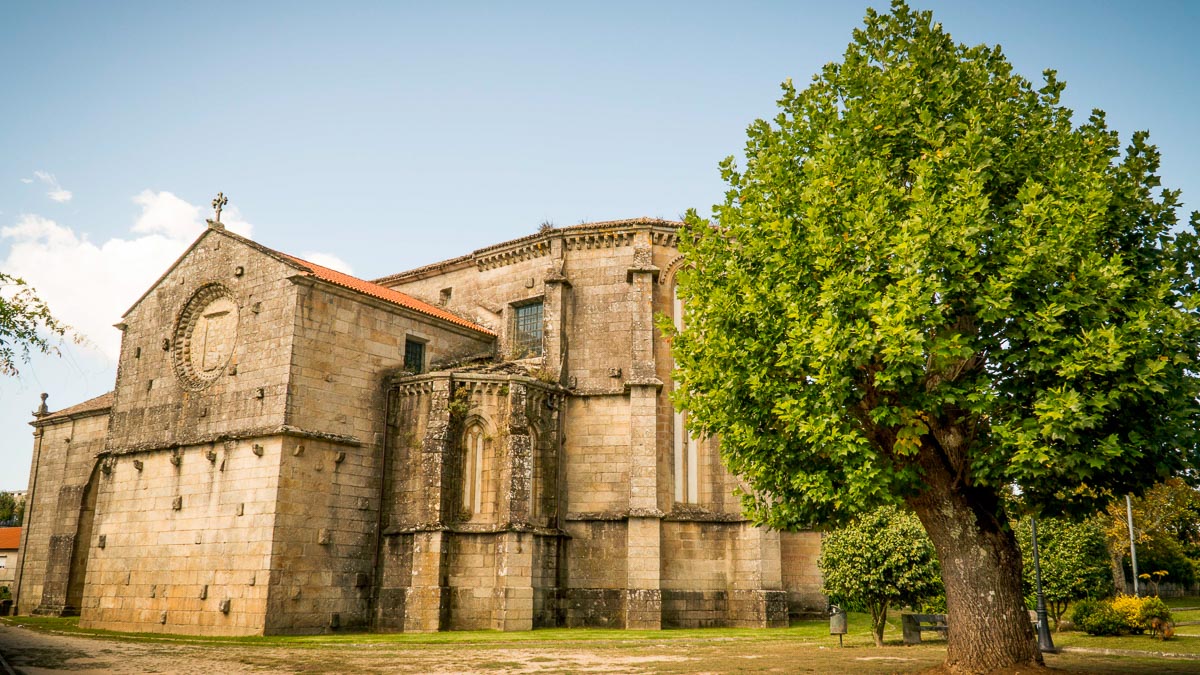
SAINT BARTHOLOMEW OF REBORDÁNS
Built on Roman and Germanic predecessors, this church dates from the 11th century and it has a basilical floor plan and historiated capitals showing a raw primitivism. The sanctuary keeps some magnificent wall paintings from the 16th century. This site was a monastery and the Bishop’s see in early mediaeval times.
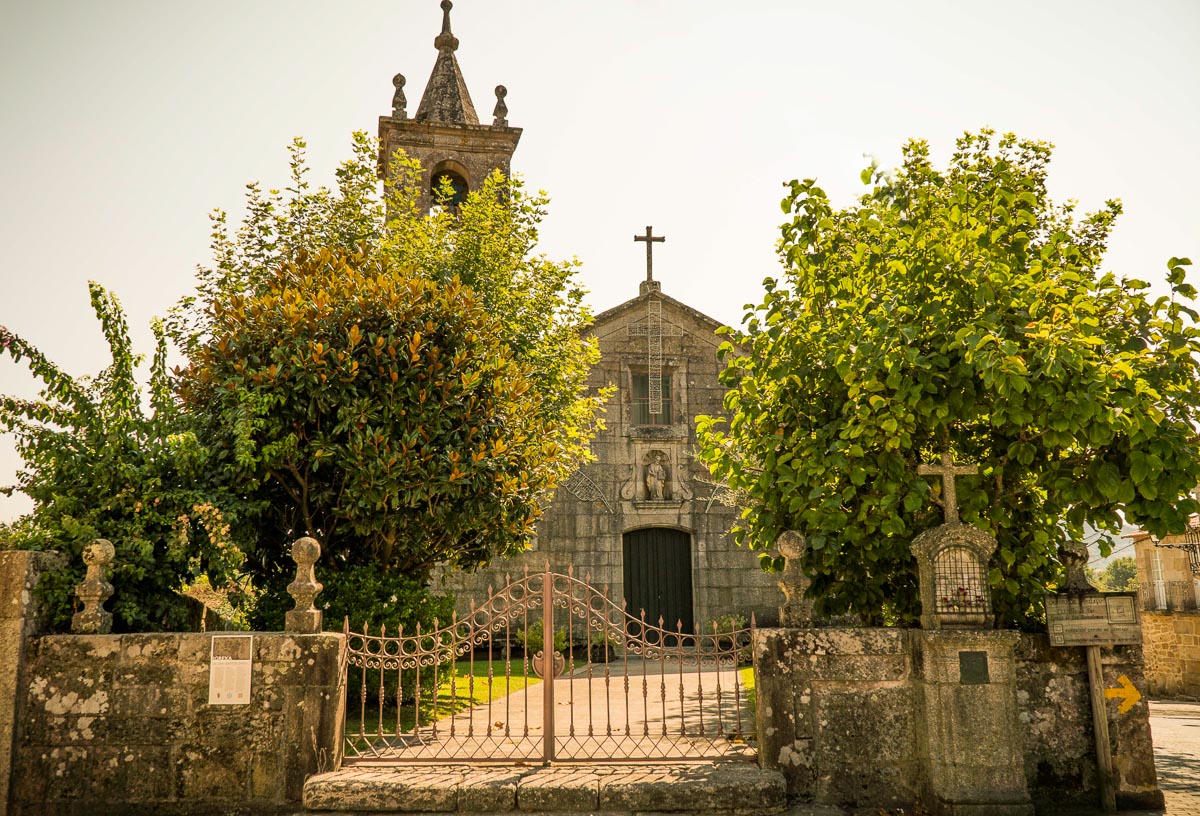
RAMPARTS
The need to defend the city in earlier times is the reason why we have two rampart lines. One of them is mediaeval, from the 12th and 13th centuries. It drew a broad irregular enclosure with several fortified towers. We still have the old Porta da Pía gate, one of the entrances, with its old stone hinges, the base of the tower and parts of the bulwarks. In the 17th and 18th centuries, due to the wars with Portugal, a new and wider rampart system was built, whose main remains can now be seen from the riverside promenade.
